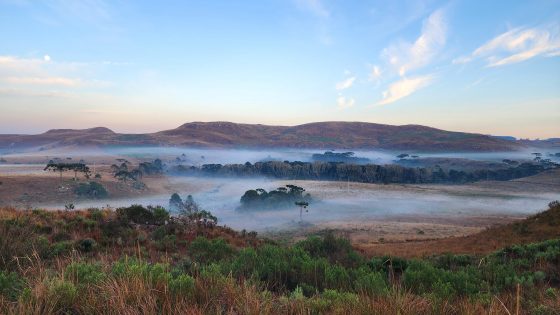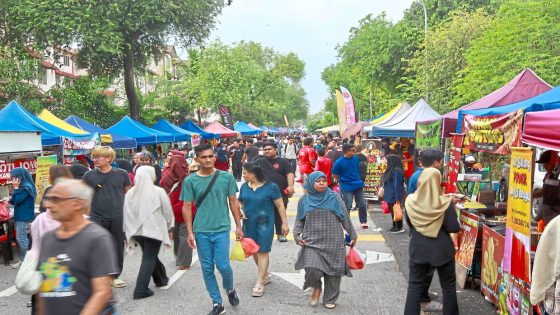On April 5, 2025, Urupema, a town in Brazil’s Serra Catarinense, recorded the country’s first negative temperature of the year, hitting a chilly 0.21°C. This unusual weather event raises questions about climate patterns and the impact of cold fronts in the region.
- Urupema recorded Brazil's first negative temperature.
- Temperature reached -0.21 °C in Urupema.
- Other cities had low temperatures as well.
- Cold weather caused by a dry air mass.
- Urupema designated as national capital of cold.
- Rain expected in Santa Catarina next week.
Cold Weather Hits Brazil: Urupema Records First Negative Temperature of 2025
What does it mean when a town records the first negative temperature of the year? On April 5, Urupema set the stage for a chilly start to the month, marking a significant weather event in Brazil. The cold snap also affected nearby cities, with temperatures dropping below 12°C across much of Santa Catarina.
Impact of Cold Fronts on Southern Brazil’s Weather Patterns
The recent cold front has not only brought freezing temperatures but also geada (frost) to Urupema. This weather phenomenon is attributed to a mass of cold, dry air sweeping through southern Brazil. Here’s what you need to know:
- Urupema recorded the first negative temperature of 2025.
- Nearby cities like São Joaquim and Campo Belo do Sul also experienced low temperatures.
- Frost was reported in Urupema, affecting local agriculture.
- Expect more rain and fluctuating temperatures in the coming weeks.
Understanding the Cold: Why Urupema is Brazil’s Cold Capital
Urupema, recognized as Brazil’s cold capital since December 2021, consistently experiences some of the lowest temperatures in the country. This designation highlights its unique climate and the impact of geographic factors. The town’s elevation and location contribute to its frigid conditions, making it a focal point for studying cold weather patterns in Brazil.
Future Weather Predictions for Santa Catarina
Looking ahead, the weather in Santa Catarina is expected to stabilize after this cold spell. While sunny days are on the horizon, residents should remain alert for potential rain, particularly from the Planalto to the Litoral regions. The coming weeks may see increased precipitation, especially in coastal areas, which could affect local agriculture and tourism.
In conclusion, Urupema’s record-setting cold temperature serves as a reminder of the dynamic weather patterns affecting Brazil. As residents adapt to these changes, understanding the implications for agriculture and daily life becomes increasingly important.
































